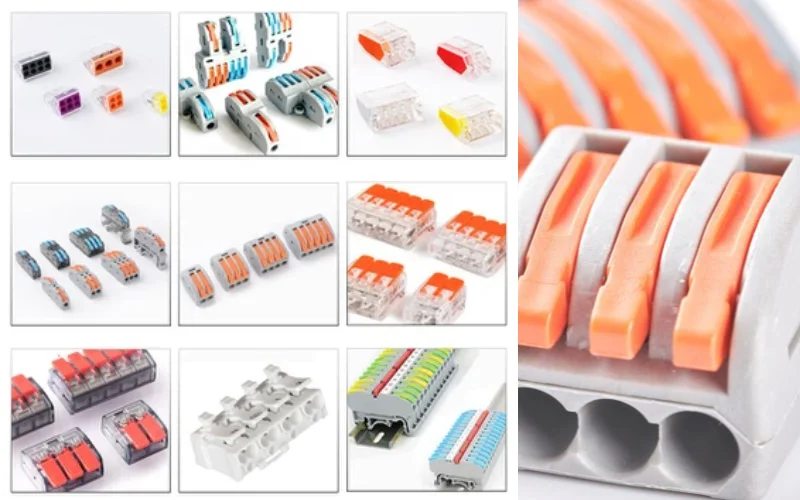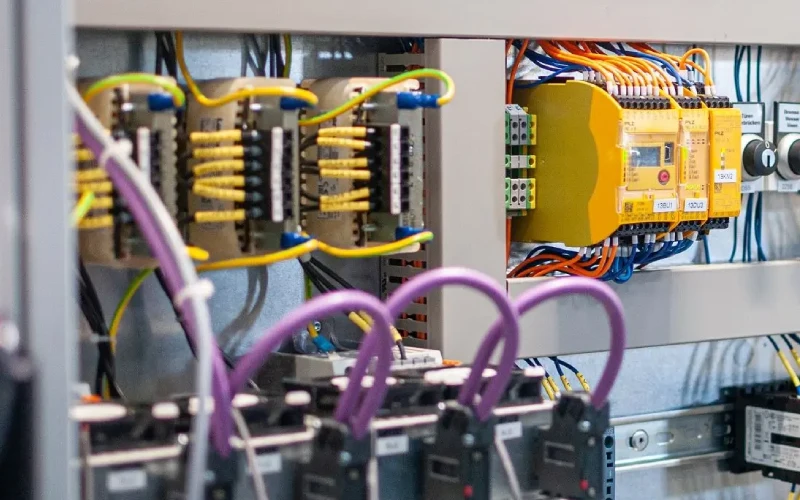Determining if your existing junction box is fan-rated is paramount before installing a ceiling fan. Standard boxes aren’t built to handle the dynamic forces of a spinning fan, posing safety risks. Identifying the correct box ensures secure mounting and prevents potential damage or failure.
This blog post will guide you through the key indicators of a fan-rated junction box. We’ll explore the markings, material, construction, and mounting methods that distinguish these specialized boxes from standard light fixture boxes, empowering you to ensure a safe and compliant ceiling fan installation.
What is Fan Rated Junction Box
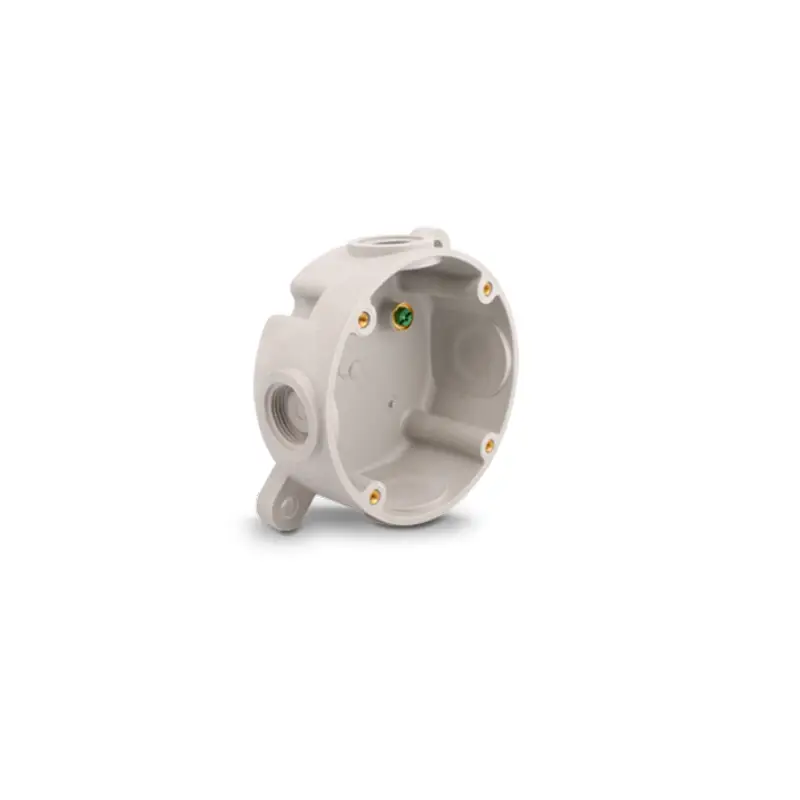
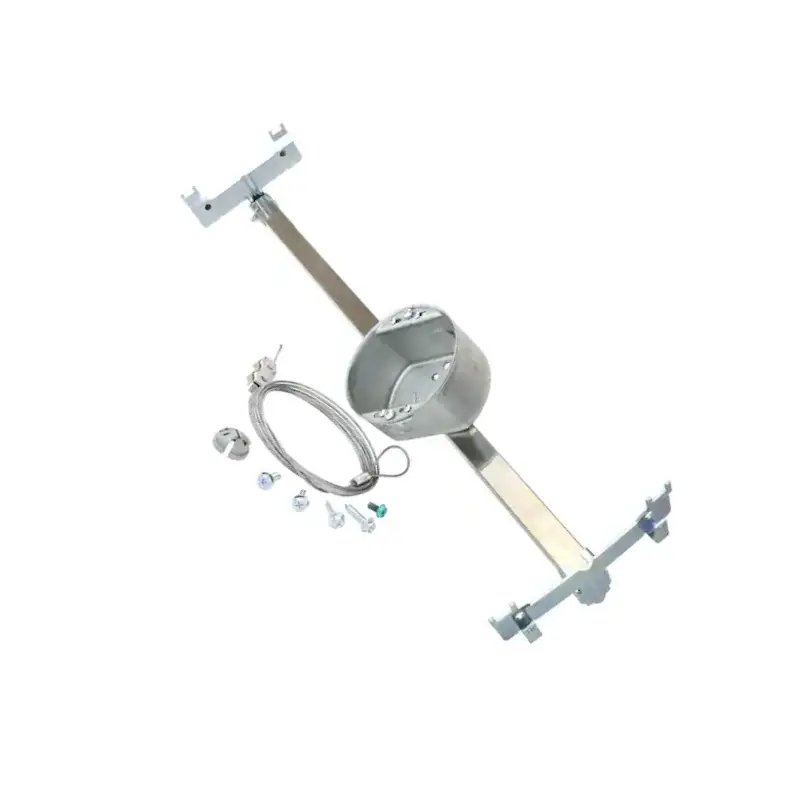

A fan-rated junction box is a specialized electrical enclosure specifically designed and rigorously tested to safely support the weight and dynamic forces associated with operating ceiling fans.
Unlike standard junction boxes intended for lighter light fixtures, fan-rated junction boxes are constructed with heavier-gauge materials, typically metal, and feature robust mounting mechanisms engineered to withstand the constant vibrations and potential swaying of a spinning fan. Their primary function is to provide a secure and stable anchor point for the fan unit, preventing it from detaching from the ceiling, which could lead to damage or injury.
These junction boxes are engineered to be directly and firmly attached to structural members within the ceiling, such as ceiling joists or specialized fan-rated support brackets that span between joists. Building codes in most areas mandate the use of fan-rated junction boxes for ceiling fan installations to ensure electrical and structural safety.
Identifying a fan-rated box typically involves looking for clear markings or labels on the box itself that explicitly state “Suitable for Ceiling Fans” or similar language, along with a visibly more robust construction compared to standard light fixture boxes.
How to Tell if Junction Box is Fan Rated
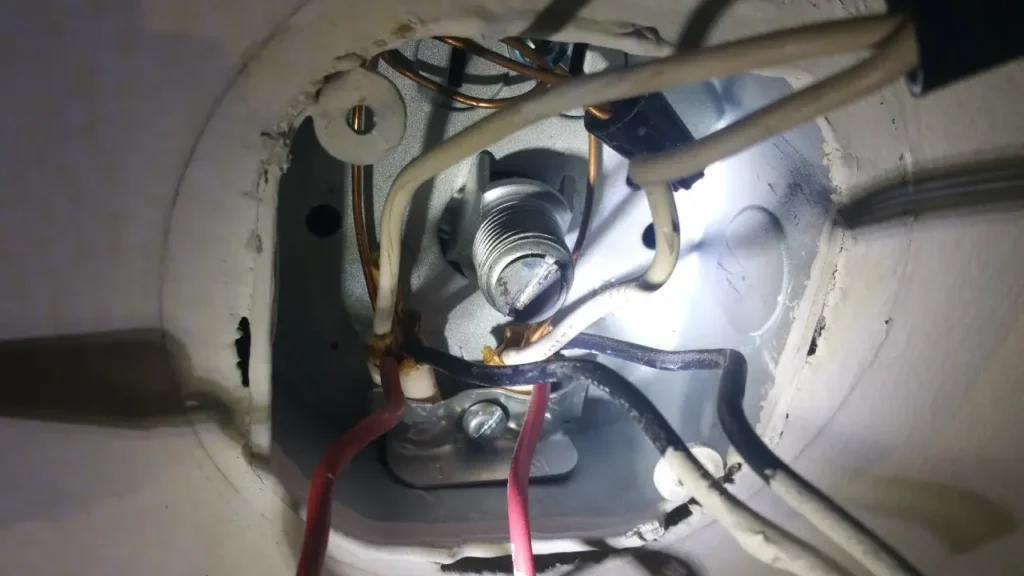
Ensuring your ceiling fan is safely and securely installed starts with the junction box. Using a standard junction box not rated for the dynamic loads of a ceiling fan can lead to wobbling, damage, or even complete detachment. Identifying a fan-rated junction box is crucial for a safe and long-lasting installation.
Here’s a guide to help you determine if your existing junction box is suitable for a ceiling fan.
Check for Specific Ratings and Markings
The most definitive way to identify a fan-rated junction box is by looking for specific markings directly on the box. These markings often include phrases like “Suitable for Ceiling Fans,” “Ceiling Fan Rated,” or similar language clearly stamped or printed on the metal or plastic housing.
Additionally, the box might indicate the maximum weight it is designed to support. If you cannot find any such markings, it’s highly likely the junction box is not rated for ceiling fan use.
Examine the Material and Construction
Fan-rated junction boxes are typically constructed from heavy-duty metal to withstand the constant vibrations and weight of a ceiling fan. They often appear more robust and substantial than standard junction boxes, which might be made of thinner metal or even plastic.
A sturdier build indicates a higher capacity to handle the stresses exerted by a spinning fan. If your existing box feels lightweight or flimsy, it’s probably not designed for a ceiling fan.
Inspect the Mounting Method
The way a junction box is mounted is a critical indicator of its fan-rating. Fan-rated boxes are designed to be directly and securely attached to a ceiling joist or a fan-rated support bracket that is firmly anchored between two joists.
Try gently wiggling the box; a properly installed fan-rated box should not move. Standard light fixture boxes are often attached to the drywall itself using expansion tabs, which are not strong enough to support the weight and movement of a ceiling fan.
Consider the Size and Screw Placement
Ceiling fan mounting brackets often require specific screw patterns and more robust attachment points than those found on standard light fixture boxes. Fan-rated boxes typically have screw holes that are spaced wider apart and are designed to accommodate larger, more secure screws.
If the screw holes on your existing box appear small or don’t align well with the mounting bracket provided with your ceiling fan, it’s a strong indication that the box is not fan-rated. Always use the hardware included with the fan for secure mounting.
How to Install Fan Rated Junction Box

Installing a fan-rated junction box is a critical step when preparing to mount a ceiling fan, ensuring both secure support and safe electrical connections. Unlike standard junction boxes, fan-rated boxes are built to handle the dynamic weight and movement of a spinning fan.
Whether you’re replacing a non-rated box or installing one for a new fan, following the correct procedure is essential for a safe and long-lasting installation. Always remember to turn off the power at the breaker before commencing any electrical work.
Step 1: Preparation and Safety First
Before starting the installation, ensure the power to the relevant circuit is completely shut off at the main electrical panel. Gather the necessary tools, including a drill with appropriate bits, a stud finder, a drywall saw, wire strippers, screwdrivers, and safety glasses. Identify the ideal location for the fan-rated box, ensuring it’s positioned correctly for your fan and that there are no obstructions within the ceiling cavity, such as pipes or ductwork.
Step 2: Locating a Suitable Mounting Point
For optimal support, especially for heavier ceiling fans, aim to mount the fan-rated junction box directly to a ceiling joist. Utilize a stud finder to accurately locate the joists in your ceiling.
If direct joist mounting isn’t feasible, you must install a fan-rated support brace designed to span between two joists. This brace provides the necessary structural support for the fan-rated box. Mark the chosen location on the ceiling for the new box.
Step 3: Cutting the Ceiling Opening
Once you’ve determined your mounting location, carefully cut an opening in the ceiling drywall to accommodate the fan-rated junction box. If you’re replacing an existing box, this step is already done. For new installations, use a drywall saw to create a hole that is the correct size for your chosen box. Exercise caution while cutting to avoid any existing wires or hidden obstacles within the ceiling.
Step 4: Securing the Fan Rated Junction Box
If you’re mounting directly to a joist, position the fan-rated junction box so that it sits flush with the ceiling surface and securely screw it into the wood using screws appropriate for the box and the joist.
For installations using a support brace, install the brace according to the manufacturer’s instructions, ensuring it’s firmly attached to the adjacent joists. Then, securely attach the fan-rated junction box to the support brace, making sure it is tightly fastened and can reliably support the weight and movement of the ceiling fan.
Step 5: Wiring the Fan Rated Junction Box
With the fan-rated box securely mounted, you can now run the electrical wires into it. Typically, you’ll have a cable containing a black (hot) wire, a white (neutral) wire, and a bare copper or green (ground) wire. Strip the ends of these wires to expose about 1/2 to 3/4 inch of bare wire. Feed the wires into the fan-rated box through the provided knockouts and secure them with cable clamps to prevent them from being pulled out. Inside the box, you’ll prepare these wires for connection to the ceiling fan’s wiring during the fan installation phase.
Step 6: Finalizing the Installation
Carefully tuck the prepared wires back into the fan-rated junction box, ensuring they are not pinched or damaged. At this stage, the fan-rated junction box is securely mounted and ready to accept the ceiling fan. The next step will involve connecting the fan’s wiring to the wires inside this box and attaching the fan’s mounting hardware to the fan-rated box.
Finally, restore power at the breaker only after the fan is fully installed according to its manufacturer’s instructions. If you’re uncertain about any part of this process, consulting a qualified electrician is always recommended.
Conclusion
Identifying a fan-rated junction box is paramount for safe and stable ceiling fan installation. By carefully examining the box for specific ratings, assessing its robust material and secure mounting, and considering its size and screw placement, you can determine if it’s designed to handle the dynamic loads of a ceiling fan. Using a non-rated box can lead to hazardous situations.
Prioritizing safety ensures the longevity of your fan and protects your home. When in doubt, always err on the side of caution and consult a qualified electrician. They can accurately assess your existing setup and recommend the appropriate fan-rated junction box for your needs.
For projects requiring tailored solutions, we offer customizable fan-rated junction boxes to meet your specific requirements. Get customized junction boxes from us to ensure a perfect fit and reliable support for your ceiling fans.


